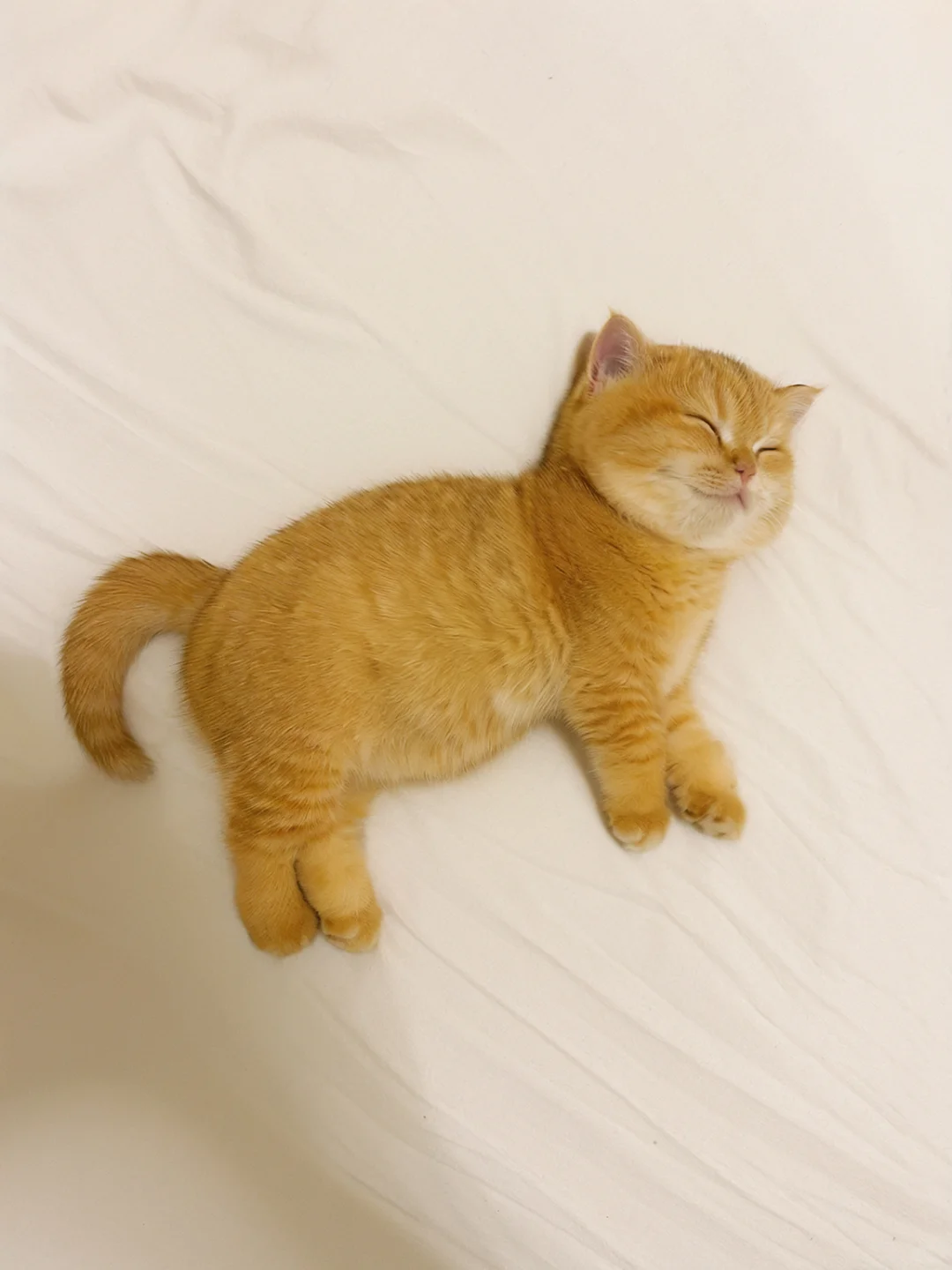 As cat ownership continues to rise, pet owners are becoming more selective about the products they use. One such product that’s seen significant innovation is cat litter. Among the growing options available, mixed formula cat litter stands out as a practical and effective choice. By blending multiple natural or synthetic materials, mixed formula cat litter aims to provide the best qualities of each ingredient—offering a balanced solution that addresses odor control, clumping ability, absorption, and environmental concerns.
As cat ownership continues to rise, pet owners are becoming more selective about the products they use. One such product that’s seen significant innovation is cat litter. Among the growing options available, mixed formula cat litter stands out as a practical and effective choice. By blending multiple natural or synthetic materials, mixed formula cat litter aims to provide the best qualities of each ingredient—offering a balanced solution that addresses odor control, clumping ability, absorption, and environmental concerns.
In this article, we explore what mixed formula cat litter is, its advantages, how it compares to single-material litters, and what to look for when choosing the best one for your feline companion.
What Is Mixed Formula Cat Litter?
Mixed formula cat litter combines two or more base materials, such as clay, wood, corn, silica gel, recycled paper, coconut, or baking soda. Manufacturers blend these to create a litter that performs better than any single material on its own. For example, a formula might combine the strong clumping ability of bentonite clay with the odor-neutralizing power of activated charcoal or the natural freshness of wood pellets.
This hybrid approach allows the litter to target multiple concerns at once—clumping, smell, dust, weight, et durabilité. It’s a “best of both worlds” solution, designed to meet the varied needs of modern pet owners and their cats.
Advantages of Mixed Formula Cat Litter
- Enhanced Odor Control
One of the most praised benefits of mixed formula cat litter is its superior ability to control odors. By blending ingredients like baking soda, charcoal, or natural plant fibers, manufacturers can better neutralize ammonia and other unpleasant smells. This makes your home more pleasant and reduces the need for frequent litter changes. - Improved Clumping and Absorption
Some natural litters may struggle with clumping or absorbing moisture efficiently. Mixed formulas often include bentonite clay or other clumping agents that make cleanup easier. At the same time, lightweight components like wood or paper help absorb moisture quickly, preventing pooling and bacteria buildup. - Reduced Dust and Tracking
Traditional clay litter often produces a lot of dust, which can irritate cats’ and humans’ respiratory systems. By blending materials like recycled paper or wood pellets, manufacturers can reduce dust levels. These additional components also reduce tracking, keeping your floors cleaner. - Customizable for Cat Sensitivities
Mixed formulas can be tailored to suit sensitive cats. Some blends are fragrance-free and hypoallergenic, while others include essential oils or natural deodorizers. This versatility makes it easier to find a solution that works well for both cats and owners. - Eco-Friendly Options Available
Although some mixed litters contain clay (which is not biodegradable), many include renewable or compostable ingredients. Brands focused on sustainability often use a blend of corn, wheat, or recycled paper to offer more eco-conscious solutions.
Mixed Formula vs. Single-Ingredient Litters
While single-ingredient cat litters can be effective, they often come with trade-offs. Clay litter offers excellent clumping but is heavy, dusty, and not biodegradable. Natural litters like corn or wood are lighter and eco-friendly but may struggle with clumping or odor over time.
Mixed formula cat litter helps eliminate these trade-offs. For example:
- Clay + Activated Charcoal offers superior odor control and strong clumping.
- Corn + Wood creates a lightweight, biodegradable option with decent odor absorption.
- Silica + Paper provides strong absorption with minimal dust and tracking.
By using a hybrid approach, mixed formula cat litter gives cat owners a balanced solution without having to sacrifice one benefit for another.
How to Choose the Right Mixed Formula Cat Litter
When choosing a mixed formula cat litter, consider the following factors:
- Your Cat’s Preferences: Cats can be picky. Some prefer softer textures or unscented litters. Try small bags first to see what your cat prefers.
- Odor Control Needs: If you have multiple cats or limited ventilation, look for formulas with charcoal, baking soda, or enhanced odor-neutralizing properties.
- Ease of Cleaning: Look for litter that clumps firmly and doesn’t break apart when scooped. This helps reduce waste and odor.
- Dust Levels: If you or your cat has respiratory sensitivities, opt for low-dust formulas with natural ingredients like wood or paper.
- Environmental Impact: If sustainability is important to you, look for biodegradable ingredients and avoid formulas that rely heavily on strip-mined clay.
Conclusion: Is Mixed Formula Cat Litter Right for You?
Mixed formula cat litter offers an innovative, balanced solution for cat owners looking for better performance and versatility. By combining the strengths of multiple ingredients, this type of litter tackles common concerns like odor, clumping, dust, and environmental impact—all in one product.
Whether you have a single indoor cat or a multi-cat household, mixed formula cat litter can offer a more complete and customized solution. With a variety of options on the market, you’re likely to find a blend that meets both your needs and your cat’s preferences.
As the pet care industry continues to innovate, mixed formula cat litter represents a smart step forward—giving pet owners better tools to maintain a clean, healthy, and happy environment for their feline companions.
 Shandong Vlink Pet Products Co., Ltée
Shandong Vlink Pet Products Co., Ltée


